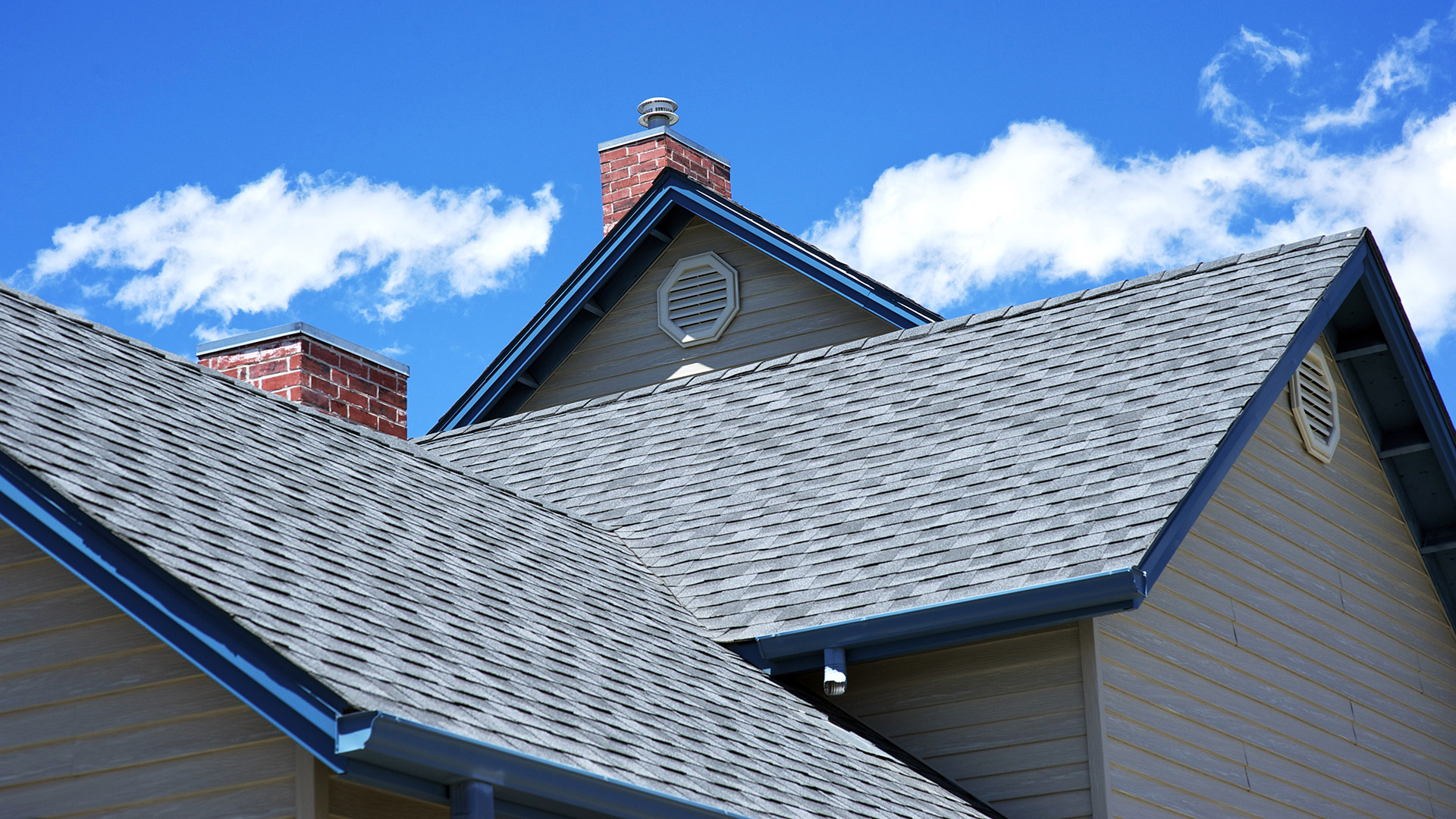DIY Roof Cleaning: Tips and Safety Precautions from the Pros
For many homeowners, DIY home maintenance is a point of pride and a way to save money. Roof cleaning, while often best left to professionals, can be undertaken as a DIY project with the right preparation, tools, and knowledge. This blog offers a comprehensive guide for those interested in DIY roof cleaning, focusing on necessary tools, techniques, safety measures, and expert advice to ensure the job is done safely and effectively.
Essential Tools and Materials
- Before you start, ensure you have the right tools and materials for the job. You’ll need:
- Safety Gear: Non-slip shoes, gloves, eye protection, and a safety harness are crucial to prevent accidents.
- Cleaning Solutions: Choose eco-friendly, non-toxic solutions to protect your landscaping and local waterways. A mixture of water and mild bleach or vinegar can be effective for mild cases of algae and moss.
- Sprayer: A garden sprayer or a pump-up sprayer will be needed to apply the cleaning solution.
- Soft Bristle Brush or Broom: This is used for gently scrubbing the roof without damaging the shingles.
- Ladder: Ensure you have a sturdy ladder that’s tall enough to safely reach your roof.
- Hose: For rinsing the roof after cleaning. Avoid high-pressure washers, as they can damage shingles.
Safety First
Safety should be your top priority. Clint Smith, an expert from Just Clean Property Care, emphasises, “The biggest mistake DIY roof cleaners make is underestimating the importance of safety precautions. Roof cleaning can be hazardous, and falls are a real risk.” Always use a safety harness and ensure your ladder is securely positioned. Work with a buddy who can steady the ladder and assist in case of an emergency.

Cleaning Techniques
- Preparation: Begin by clearing the roof of any loose debris using a broom or blower. This step ensures the cleaning solution can effectively reach the roof’s surface.
- Application: Apply your chosen cleaning solution using a sprayer, covering all affected areas. Avoid doing this in direct sunlight to prevent the solution from evaporating too quickly.
- Dwell Time: Allow the solution to sit for at least 15-20 minutes. This dwell time is crucial for breaking down moss, algae, and lichen.
- Gentle Scrubbing: Use a soft bristle brush or broom to gently scrub the roof. This helps in removing the build-up without damaging the shingles.
- Rinsing: Rinse the roof with a hose, working from the top down to avoid water getting under the shingles.
Common DIY Mistakes to Avoid
Experts warn against several common DIY mistakes:
- Using High-Pressure Washers: This can strip granules from the shingles, reducing their lifespan.
- Ignoring Safety Precautions: Always prioritise safety by using proper gear and never working alone.
- Overuse of Chemicals: Excessive chemicals can harm your roof and the environment. Stick to recommended dilution rates and eco-friendly options.
Knowing When to Call a Professional
While DIY roof cleaning can be effective for minor issues, there are times when it’s best to call in a professional. If your roof is steeply pitched, heavily infested with moss or algae, or if you’re unsure about the structural integrity, it’s crucial to seek professional help. “Professional roof cleaners not only have the right equipment and expertise but also understand the nuances of different roofing materials,” advises Smith.
Conclusion
DIY roof cleaning can be a rewarding project, but it’s essential to approach it with caution and respect for the risks involved. By following these tips and safety precautions, you can ensure your roof is clean and your home is safe. Remember, when in doubt, consulting a professional is always the best course of action to protect both your home and your well-being.
